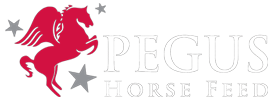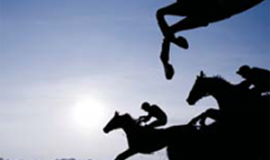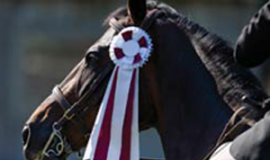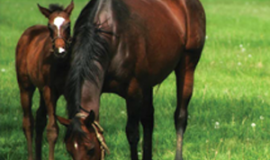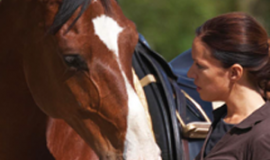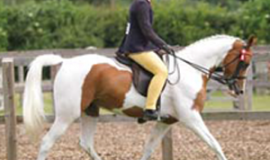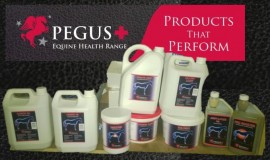It’s time to make plans for the upcoming breeding season.
Now April is here, most owners wanting to breed a horse will have decided what stallion they want to use for their mare.
If your brood mare is pregnant and expecting a foal in the spring, you should inform your chosen insemination centre of your mare’s expected foaling date. Agreement must be reached with the stud owner concerning transport of the mare before foaling and return afterwards with the foal or, if the mare is to foal at home, transporting her from home and back again after the birth of the foal. Remember that there are provisions which apply to the transport of pregnant mares and mares with young foals.
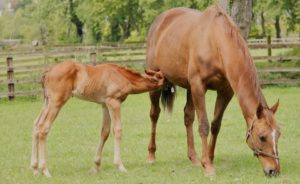
Insemination of the mare at home.
In the case of home insemination you must arrange with the stud owner or artificial insemination centre how you are best to be sent the semen. This is a frozen sample of semen that is collected from the stallion at the insemination centre then packed and shipped to you in the quickest way possible.
A home insemination benefits both mare and newborn foal as they can remain throughout in familiar surroundings. It also reduces the risk of infection and stress that can be caused through transportation and the abrupt introduction of the horse into a new environment.
If you plan to use an artificial insemination, you will have to work together with a veterinarian who is experienced in the insemination of mares and ultrasound examination of the ovaries. The veterinarian will use ultrasound to track ovarian activity and detect the right time for insemination, as well as a microscope to check the quality of the semen.
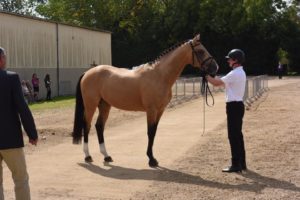
Keep your vet well informed about your plans and when you expect it to be appropriate to perform the insemination. This means you need to know approximately when the mare will foal and whether you are looking to inseminate during the first ovulation, about 9 days after foaling or if you choose to wait for the monthly oestrus about 30 days after foaling.
If the mare is inseminated in the first ovulation and becomes pregnant, the foal will arrive approximately 1 month earlier in next year compared to the present year. This is particularly relevant for a mare that will foal later in the year than wanted. If the mare is inseminated during its monthly oestrus and becomes pregnant, the foal will arrive about the same time next year as this year.
If the mare is bred during its first ovulation, conditions must be optimised. The mare must be sound and healthy and foaling must have gone without any complications. The veterinarian who will perform the insemination will be able to advise you whether it is best for your mare to breed during the very first oestrus, or wait until the next. There should be no pressure to inseminate early if the vet thinks it is best for the mare to wait.
Now that the mare is in the latter part of gestation the need for effective nutrition increases significantly. The fetus is now growing more and more rapidly as the time of foaling approaches and you must respond and follow this up with appropriate feeding. This means that it is important to pay close attention to the bodyweight and condition of the brood mare. It can grow thin very quickly if appropriate action is not taken now.
Feel the ribs. You should feel some fat between your hand and the ribs.
To maintain good appetite throughout parturition and on into lactation, the mare should be eating the diet you expect to use after foaling. This means that you must use a feed mixture that is specifically designed for pregnant and lactating mares.
In the Pegus PC-Horse program, the food needs of brood mares automatically change as the pregnancy proceeds. The program knows when the mare became pregnant (you already added the date of conception) and also knows the current date (taken from your Pegus PC every time the program is opened and run). Thus the nutritional needs of the mare are calculated on a day-by-day, week-by-week basis.
You should therefore check the brood mare’s ration weekly during this last period of gestation.
